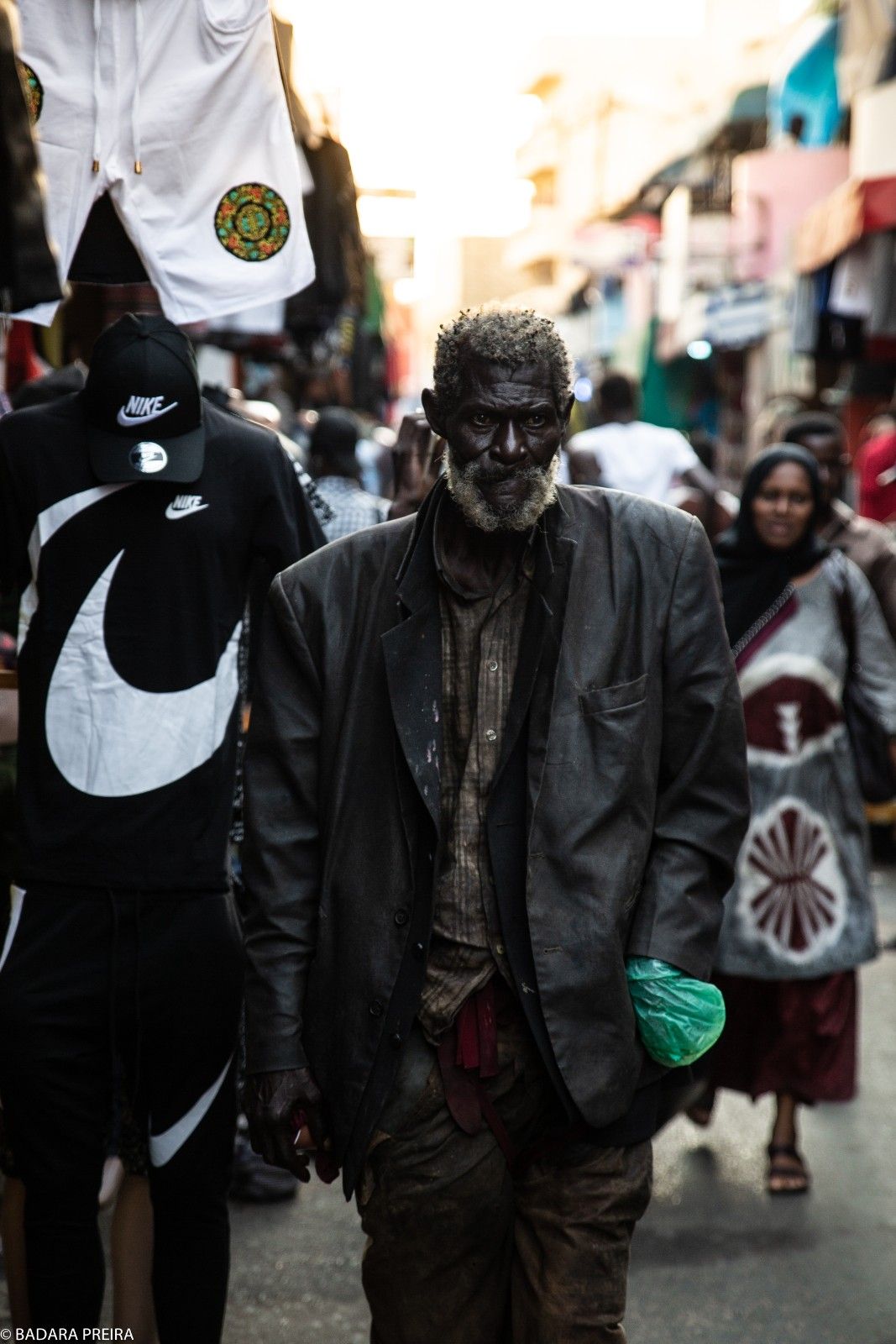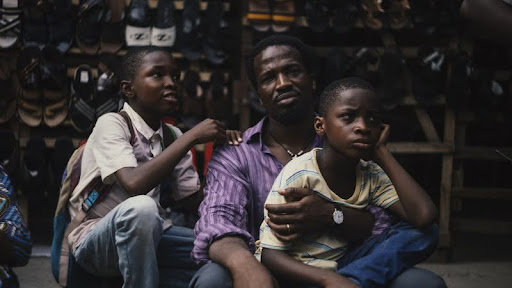
THE MUSEUM OF THE AFRICAN MARKET: WHAT AFRICAN MARKETS REVEAL ABOUT INDIGENOUS CULTURE
Written by Dumebi Favour Ezekeke Modern V Traditional Definitions of the African Marke A market by modern standards, is simply a place where people gather to exchange goods and services. Or, that’s what the textbooks say. But long before economic theories gave it a narrow definition, Africans were already gathering in such places in ways that went far beyond trade. To many communities across the continent, a marketplace was not just a space, it was a living archive that told stories. A place where storytelling, bargaining and culture balanced on a single rhythm. The Igbos, in their bonfire stories, captured the essence of the African Market by describing it as a place where the living and the dead crossed paths. But this spiritual and symbolic idea of the market wasn’t unique to the Igbo. Across indigenous African traditions, markets came with myths, taboos, rituals; stories that often-defied logic and linear time. Some of these markets have not only survived colonization and modern capitalism, they’ve expanded for generations. Like museums without walls. This article traces the paths of four of Africa’s most symbolic marketplaces and the stories they tell about the people who gather there. Jemaa el-Fnaa Market of Marrakesh Loosely translated to mean the ‘assembly of the dead’, the Jemma el-Fnaa market of Marakesh has existed since the 11th Century. Although, it has, over the centuries, taken on many forms. At the time of its establishment, it was regarded as a public execution ground, where rulers made an example of those who defied them. This initial form also gave the market its cryptic name. Over time, however, it shifted roles; from a site of justice to a mosque construction zone (which was never completed) and eventually the bustling marketplace that it is today. Or, as UNESCO describes it, a ‘Masterpiece of Oral Tradition and Intangible Heritage of Humanity’. As its form has changed over the centuries, so too have the indigenous cultures that trade and gather there. Today, Jemaa el-Fnaa sits at the crossroads of traditional heritage and urban life. During the day, it behaves like any open-air market; a vivid sprawl of food stalls, snake charmers, and vendors showcasing a rather large array of unique goods. You’ll find copperware stacked in shimmering towers, rows of spices arranged in earthen bowls, intricately designed ceramics, and metal plates that catch the sunlight. But when the night falls, the market changes its rhythm. It becomes a performance ground where storytelling, music, and food take the center stage. There’s also a raw kind of poetry in how the market glows under all the music, lantern lights and chatter of people from different tribes and walks of life. A large number of the vendors and performers who gather in the square have done so for generations. Chief among them are the Amazigh, or Berber, communities from the High Atlas Mountains and the Sous region. These tribes have a long history of trade in Marrakesh and they bring with them handcrafted rugs, silver jewelry, medicinal herbs, and oral stories passed down through languages like Tamazight and Tashelhit. You would also find the Gnawa people here. Historically regarded as descendants of enslaved West Africans brought into Morocco through the trans-Saharan trade, the Gnawa are known for their hypnotic musical traditions. Their performances, often held in circles, combine elements of Sufi spiritual practice and ancestral memory. They play the guembri; a three-stringed skin-covered lute. Alongside krakebs, which are metal castanets that produce sharp, rhythmic clanging sounds that echo deep into the square. Their ceremonies are less like concerts and more like spiritual awakenings; open, vibrant, and immersive. The market also hosts traders and craftsmen from rural Saharan communities like the Rahamna, who once served as horsemen and warriors. Today, their descendants continue to contribute to the vibrance of the market with woven goods, regional spices, dyed fabrics, and age-old oral traditions. Though quieter in presence, they remain keepers of cultural memory. Tourists from across Africa and the wider world are drawn to its chaos, colour, and character. But for the locals and indigenous cultures that show up every day, it is simply a regular day at a market square that has been with them for centuries. Djenné Market of Mali What we all know today as Mali is an ancient kingdom once known for many things, including its Djenne Market; a trade hub with a long memory. The market is not only recognised for its rich history, but also for the fact that it has opened, and continues to open, only on Mondays since the Middle Ages. The marketplace itself wraps around the city’s mosque and regularly receives traders, buyers and visitors from different indigenous groups including the Fulani herders, Bozo fishermen, Dogon farmers and Bambara herbalists who are known to mix herbs with spiritual elements to create remedies for different ailments. While the market today might appear like a regular one that simply happens on Mondays, the ground on which it stands carries a deeper history. Oral traditions say the original Djenne settlement, Djenne-Jeno, was abandoned around the year 1000 AD. The site was believed to be cursed — a place of flooding, tse tse flies, and restless spirits. When the new Djenne was founded nearby, it began with an animist ritual. A Bozo virgin was buried alive to appease the spirits and secure peace for the new town. Her tomb, known as Pama Kayamtao, is still believed to carry spiritual significance. Despite its long history, and the fact that it has been rebuilt, abandoned and rebuilt again, Monday still leads people back to the market. The space is arranged in sections. In one, you might find dried catfish and smoked eels from the Bozo piled high in woven baskets. On another end, Fulani farmers sell livestock and shea butter while Bambara herbalists lay out their roots, powders and leaves said to cure all kinds of ailments. Many believe these herbs are mixed with spiritual properties to make them more effective. If you look closely,








